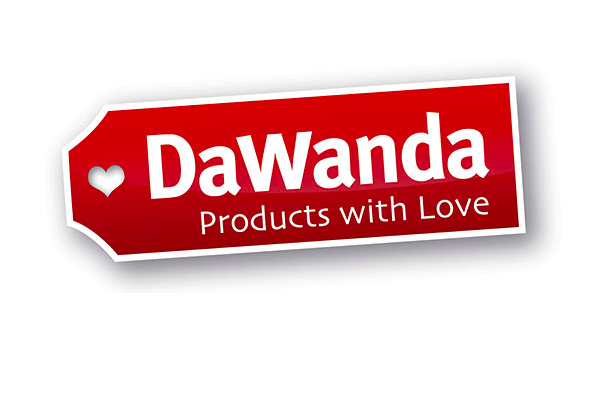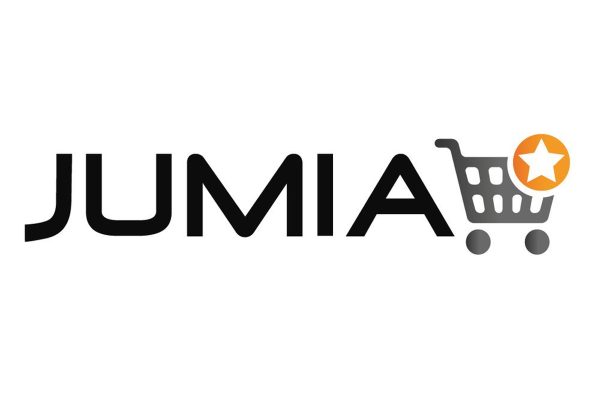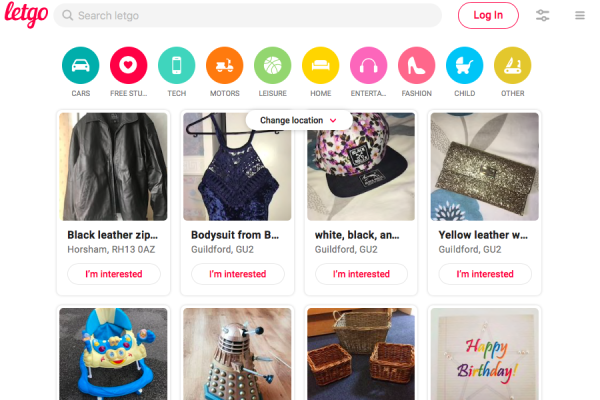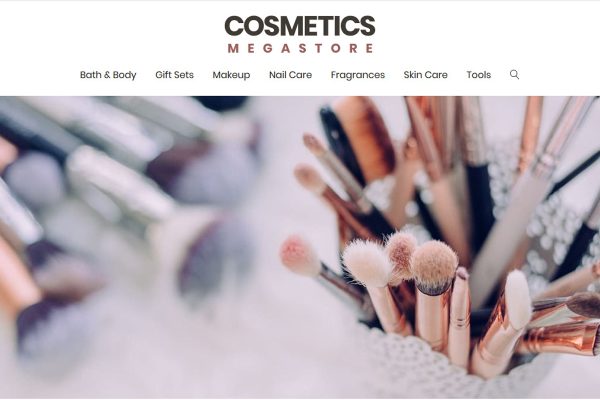This post about DaWanda is part of Tamebay’s January and February 2018 Marketplaces series sponsored by Flubit. For the full list of marketplaces we’ve written, visit our Marketplaces 2018 page here.
Web address: https://de.dawanda.com
Marketplace Overview
Boldly, in their principles, this marketplace starts with: “DaWanda is the online marketplace with heart and soul.” DaWanda is an online marketplace that gives sellers a platform to market handmade goods. Items must be unique, made to order, vintage, upcycled or recycled. And they are strict about that.
It started in Germany in 2006 and 56% of traffic to the marketplace is still from Germans. 14% comes from Poland and 4% originates from France, Austria and Spain.
Seller registration and requirements
Anyone over 18 can register as a seller. You need to provide your name, your address and a means of paying your selling fees. Setting up your shop is free. You can determine a name for your shop, create 20 of your own shop categories, write a shop description and upload a banner (950x200px) and start listing your wares immediately.
You’ll also need to sign up for the DaWanda Wallet. That’s an online payment system that facilitates the exchange of money between sellers and buyers. With the wallet you can offer additional payment options like Visa, Mastercard, iDeal and PayPal.
Product listings and fulfilment
DaWanda stresses its interest in unique goods, whether in material, craftsmanship or style, in its listing policies. You can read the full rules in English on this page.
DaWanda also stresses how important it is to have perfect pictures. They have listed their recommendations on this page. And whilst they may not ban you if you have shoddy images, it’s certainly clear that fantastic images will win you buyers and prominence. In particular, the popular DaWanda Pinboard feature (a sort of marketplace specific Pinterest) is powerful and people who like that won’t be impressed with crappy snaps.
Buyers shop directly from sellers and you fulfil your own successful sales with no requirement for compulsory tracking, although it’s often recommended. Sellers pay a 5% selling fee and a listing fee of less than 30 Euro cents a pop. That’s certainly competitive pricing. Several third party multi-channel providers support DaWanda.
Tamebay’s take on Dawanda
If truth be told, DaWanda isn’t a marketplace we know much about or have heard a great deal from over the years, despite its clear status as a vital and prominent crafts marketplace in Germany and elsewhere. So we’d be particularly interested to learn any first hand experiences from sellers there who read Tamebay.
There’s no doubt that it’s a big outlet and craft sellers in the UK should explore the opportunity. Perhaps what’s most interesting is that it seems very keen to stay true to its craft and community heritage and keep it unique. The personal aspect of online sales, and the story behind the products, is vital as a sales tool. That aspect will be of particular interest to sellers who worry that Etsy and others are losing that magical touch.
If you have you any experience selling on DaWanda, please do share your insights.
For more information about marketplaces check out the Tamebay Guide.









